Holocaust & Genocide Memorial Grove
What is the Grove?
The Holocaust and Genocide Memorial Grove at Sonoma State University is designed to honor survivors and victims of the genocides committed throughout the world, including the Native American Genocide, the Armenian Genocide, the Jewish Holocaust, the Cambodian Genocide, the Rwandan Genocide, and the current-day genocide in Darfur. Another aim of the monument is to recognize educators, scholars, and activists working for awareness, tolerance, and human rights across the globe.
Situated in a tranquil lakeside setting on the University campus, the grove provides a setting for contemplation and remembrance. Hundreds of bricks display the messages of love, honor, and hope. This project was launched by a few people with a budget of hope and promise, the joint efforts of the Sonoma State University School of Social Sciences, the Center for the Study of the Holocaust and Genocide, the Alliance for the Study of the Holocaust, and donor principal donor Mr. David Salm. It was made possible, too, by the generosity of the whole community and especially the businesses that have extended themselves in a most meaningful way to affirm the phrase “Never again.”

About the Design
Created by Associate Professor of Sculpture Jann Nunn, the sculpture's design consists of two 40-foot-long railroad tracks embedded into the lawn. The converging steel lines emerge from a gentle slope of ground and intersect a pedestrian footpath. The steel lines come within six inches of each other, ending with light from an internally illuminated glass column that stands ten feet tall. This glass tower is made up of 5,000 pieces of glass, individually cut by Jann personally. "The narrowing distances between the tracks and the convergence into the lighted tower represent the hope that as civilization progresses and we learn from past errors, there will be fewer incidents of genocide and holocaust," said Nunn. At the glass tower's base is engraved the words of Dr. Martin Luther King Jr.: "Our lives begin to end the day we become silent about things that matter."
Laid in the position of railroad ties are four hundred and sixty bricks, inscribed with the names and communities of those who have endured genocide. The pain, the sense of loss, and the humiliation that are shared by survivors of genocide and their families create a bond of common experience through which we have become brothers and sisters. Instead of segregating the bricks by genocide, we have interspersed their placement to demonstrate our understanding that there is no hierarchy of suffering or importance. The symbols shown below will enable the visitor to this memorial to match the victims’ names with the corresponding genocides.

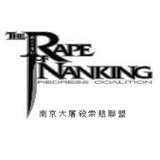

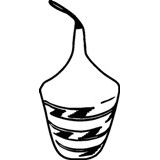
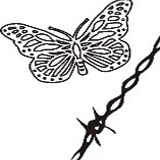

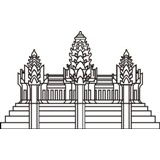
(Pol Pot Regime)
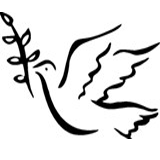
Educators
Formal Dedication, March 29, 2009
March 29, 2009, was a beautiful sunny day on the Sonoma State campus, a perfect setting for the dedication of the Memorial Grove. Over 500 guests attended the ceremony, sitting and standing among the flowering trees, overlooking the sculpture and the lakes. Welcomed in by the healing drumming of the Red Nation Brotherhood Singers and Dance Group, guests were addressed by event M.C. Dr. Elaine Leeder, SSU's President Dr. Ruben Arminana, State Senator Mark Leno, Jann Nunn, and David Salm.
The order of presentations followed the chronology of the genocides and included members of the Native American, Armenian, Chinese, Jewish, Cambodian, Rwandan, and Darfuri communities. From each group came both a spoken presentation and also a cultural piece such as music or dancing. The keynote speaker for the event was Rwandan Ambassador to the United Nations, Professor Joseph Nsengimana.
Special Thanks
Our heartfelt appreciation to all those at Sonoma State and within our community who have enriched this project with their generous help and guidance.
Deepest gratitude to all of the Sonoma State University sculpture students and alumni who contributed countless hours to the fabrication and installation of the sculpture. The memorial could not have been completed in time for this dedication ceremony without the generous assistance and skill of these talented and dedicated individuals. A very special thanks to SSU sculpture technician John-Scott Forester. His indefatigable energy, extraordinary knowledge, and skills, and his commitment helped make this memorial a reality.
The crime of genocide stems from prejudice, ignorance, extremism, hate, intolerance, and complacency. Genocide thrives when good people ignore an injustice committed against another. The men and women who have the determination and grace to stand up and speak out when they witnessed oppression in their worlds are an ongoing inspiration to all of us to have the courage to do the same. We thank the countless individuals who have dedicated themselves to social justice.

